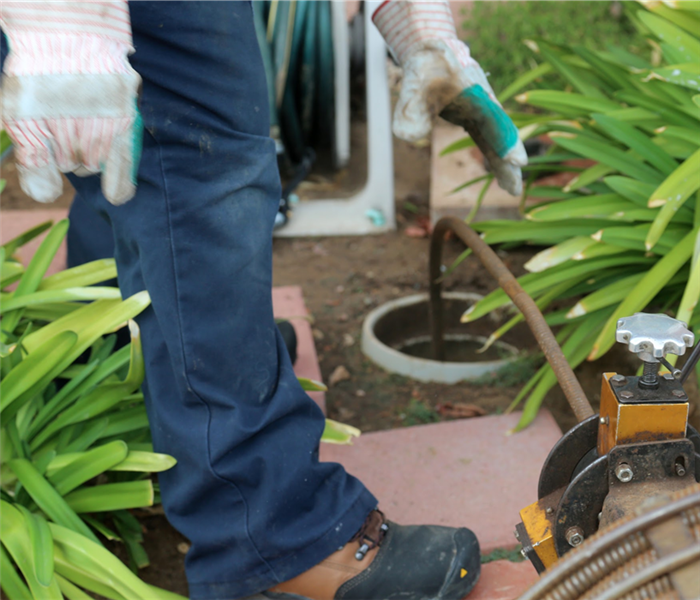3 Preventative Measures for Sewer Problems
5/10/2020 (Permalink)
3 Preventative Measures for Sewer Problems
Commercial buildings can be susceptible to sewer problems, from aging sewer lines to blockages that lead to backups. Building owners and managers can reduce the likelihood of pipe breaks, a blocked sewer, and other common sewer problems by taking three measures.
1. Display Disposal Guidelines
Improper disposal of materials that cannot easily pass through a sewer line leads to clogs. Building owners and managers should post guidelines to remind building occupants and guests about materials that are not safe to flush or dispose of down the drain. The availability of alternative disposal methods for personal hygiene products in bathrooms can also prevent toilet overflow.
2. Perform Sewer Lateral Maintenance
Commercial property owners are responsible for maintaining the condition of the lateral that runs from a building to the main sewer line. In addition to clogs caused by improper disposal of materials, intrusive roots can also damage a line and result in cracked or broken pipes or a blocked sewer. Regular inspections are essential to ensure that a sewer lateral is in good condition. Building owners and managers can also use enzymatic treatments to discourage the formation of blockages.
3. Install a Backwater Prevention Valve
A backwater prevention valve can keep contaminated water from backing up into a commercial building. Sewer damage cleanup is not covered by most commercial property insurance policies. Additional sewer backup coverage is necessary to offset the cost of this damage. Having a plumber install a backwater prevention valve or other preventative equipment may stop sewer damage from occurring.
Prevention is the best way to avoid sewer problems at a commercial property in Montgomery, IL. From limiting the introduction of materials that are likely to cause a blocked sewer to maintain the condition of lines and taking measures to avoid costly backups, a building owner or manager should be able to reduce the risk of damage caused by contaminated water.

 24/7 Emergency Service
24/7 Emergency Service
